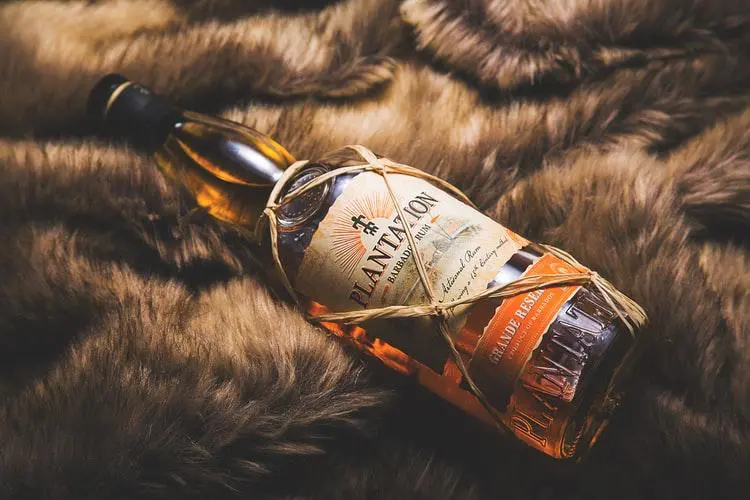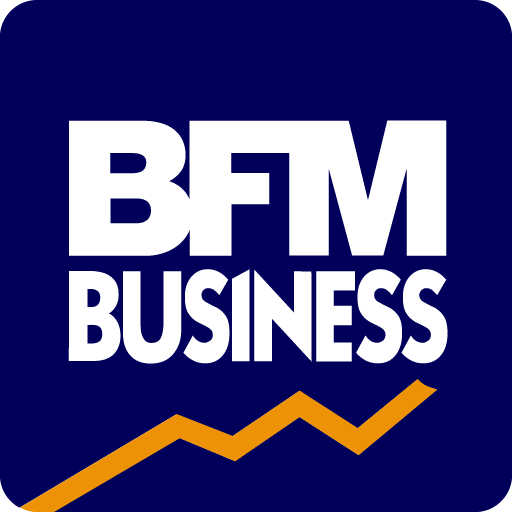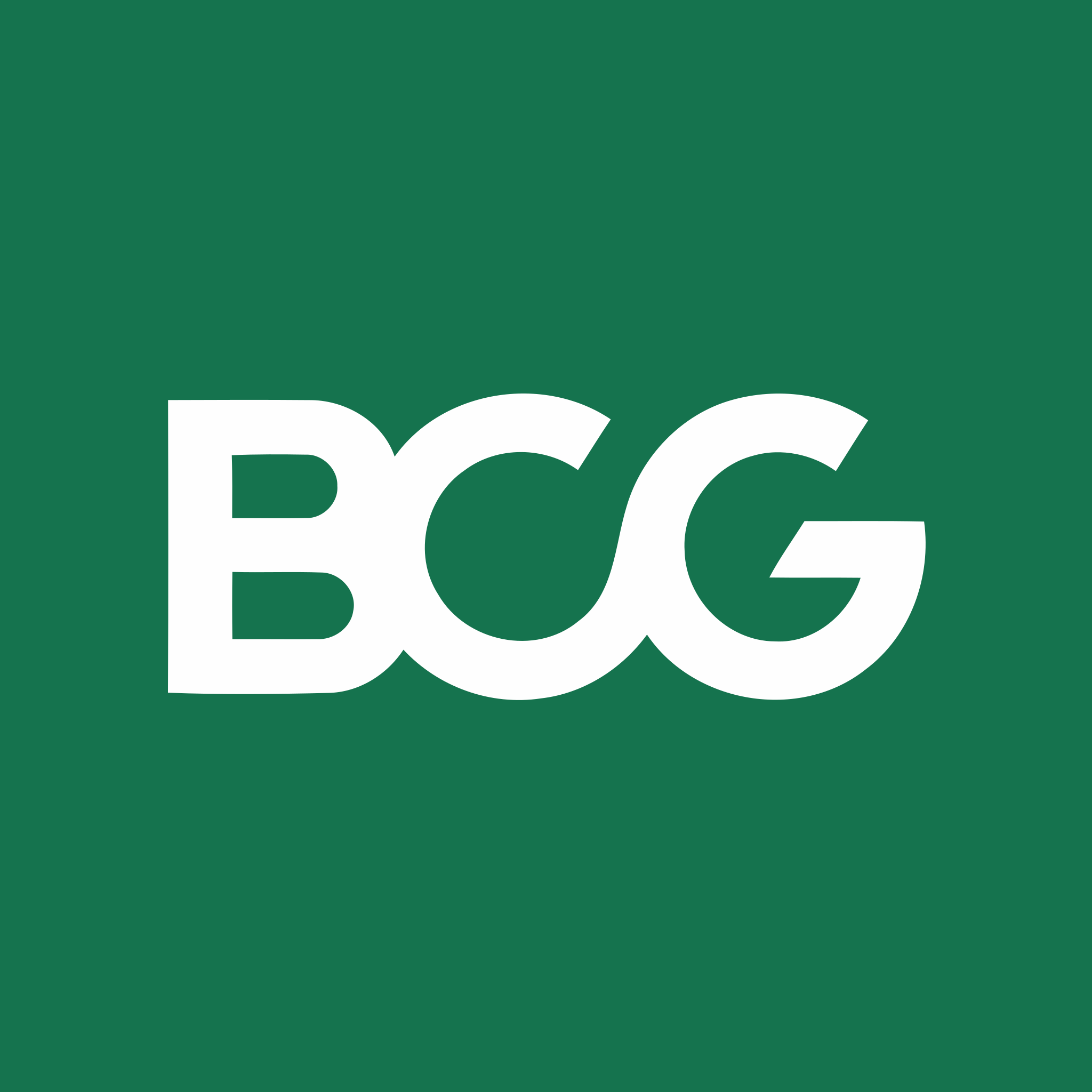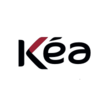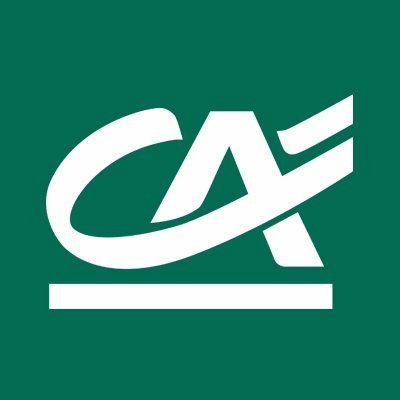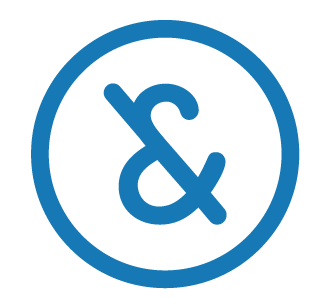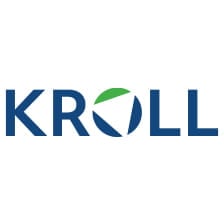Detailed content of our market study
 Inforamtion
Inforamtion
- Number of pages : 35 pages
- Format : Digital and PDF versions
- Last update :
 Summary and extracts
Summary and extracts
1 Market summary
1.1 Presentation
Rum is a brandy originating in the Americas, produced from sugar cane by means of a thourough production process.
The global rum market is dominated by spirits giants including Diageo, Pernod Ricard, and Bacardi. Tanduay, Captain Morgan, Havana Club, and Bacardi are the four prevailing brands worldwide. The global market for rum is estimated to increase in both sales value and volume, driven mainly by innovations in marketing.
Domestically, Germany's consumption of rum is decreasing in terms of volumes sold. Nevertheless, premiumization could give the market a boost. Similar to the global market, Germany's sales is mostly divided between the aforementioned global giants. Nevertheless, the country does have local production in the likes of Senft, Asmussen, Simon's, Pott, Haas, etc.
Millennials are an important group in the consumption of rum in Germany.
Finally, in this report we evaluate what effect COVID-19 will have on the industry.
1.2 The global market is growing
Source: ****
In ****, the global consumption of rhum amounted to *.** billion liters sold. Between **** and **** the market grew at a CAGR of *.*%. This positive growth is projected to continue, albeit at a slightly lower rate of *.*%. Ultimately, volumes sold in **** is estimated at *.** billion. In other words, consumption of rhum globally will increase going forward.
The core factor to why volume sales continue to increase is an increasing product offering with different flavours and spices. Moreover, rhum remains an essential component to many cocktails and drinks; as consumption of alcohol is shifting to outside of home (***) this product segment is benefitting from increased sales.
Source: ****
In terms of the value size of the global rhum market, we find that the same trend as for volume holds true. In other words, value sales are growing, and between **** and **** they are expected to increase at a rapid pace equivalent to CAGR *.**% per year. From this, we find that the global rhum market is expected to be valued at $**.* billion in ****.
Several factors contribute to the growth of the rhum market; first, premiumization is a growing trend, where the consumption of high-end products is increasingly sought after from consumers. This has a positive effect on ...
1.3 The domestic market's decline
Source: ****
In Germany, the amount of rhum sold has been decreasing since ****. Between then and ****, the market shrunk at a CAGR of *.*% in volume sales. In this year, the market value was €*,***.** million. [***] This negative trend is expected to continue until **** where it will ultimately reach **.* million liters sold. This represents around *% of the global market in **** (***).
Consumption is declining in light of a general decrease in the level of spirits consumption in Germany. Meanwhile, German consumers look to purchase more high-end products. More on this trend will be covered in section *.*.
Finally, spirit consumption in Germany accounted for around **% of all alcohol in ****. The most consumed alcohol beverage is beer (***) and then spirits. [***]
1.4 International Trade
In this section we consider data from UN Comtrade to analyse Germany's trade with rum. In partcular, we use the following code: ****** – Rum and Tafia.
Source: ****
Germany imports more rum than it produces and exports; in **** the coverage rate (***) was **.*%. However, in ****, it decreased drastically to **.*%. The reason for this was a sharp decline in exports to the UK, which before **** accounted for a significant portion of export value. Imports also decreased as a result of declining internal demand.
In ****, Germany exported rum and tafia at a value of close to $*** million, whilst imports amounted to $*** million. What is remarkable to note is that in **** Germany was the world's largest importer of rum and tafia.
Source: ****
The chart above highlights the five largest export destinations for rum and tafia produced in Germany. Moreover, based on the value for the top five countries, a market share between the five is calculated. Austria is the largest recipient of German rum and tafia, and between the five largest export destinations Austria holds **% of the total value exported. The Netherlands and Croatia are in second place and hold a **% market share each, followed by Denmark (***). The German rum and tafia industry's reliance on EU countries ...
2 Demand analysis
2.1 Profile Analysis: The German Consumer
Source: ****
In a study conducted in ****, results showed that rum was the **th most popular drink in Germany. For illustrative purposes we have excluded some liquids from the list. The conclusion we can draw is that, in comparison to other beverages, rum remains relatively insignificant in terms of consumption and preferences.
Indeed, according to Euromonitor, rum sales measured as share of spirits was *.*% in ****. In previous section, we argued that the spirit market makes up around **% of total consumption of alcohol in Germany. In other words, rum sales accounted for around *.**% (***) of all volume sales of alcoholic beverages.
Source: ****
The graph above shows the evolution of recent rum consumption in Germany between **** and ****. Based on results from a survey we find that an estimated *.** million people (***). This is a slight increase compared to **** when the equivalent value was *.** million people.
The conclusion we can draw from this is that the penetration rate and consumption of rum in Germany indeed remains small.
Source: ****
Branding in Germany lays in the hand of a few players who dominate consumer preferences. Indeed, from the graph above we find that Havana Club, Bacardi, and Captain Morgan are by far the most sought after. In this list ...
2.2 Demand Trends
Cyclicality is high
Source: ****
The graph above represents the proportion of searches for a given term in a given region during a specified amount of time, compared to when it was the most searched (***). Thus, a value of ** means that the keyword has been used less often in the region concerned, and a value of * means that there is insufficient data for this keyword.
From the graph above we can see that the search interest for rum is highly cyclical; it peaks around Christmas which shows that the drink is strongly associated with this period of the year. In particular, Glühwein is a driving force of this trend. Ultimately, for anyone looking to sell rum in Germany, this cyclicality must be incorporated.
Premiumization
Source: ****
The graph above depicts the evolution of the luxury spirits market in Germany. It is estimated to have grown with **.*% in total between **** and ****. The main reason for this is that in Germany there is an increasing trend towards individuals becoming connoisseur-like, and taking great interest in luxury spirits. This knowledge has been spurred by the access of information through the internet.
Although champagne dominates the share of growth, Bacardi held the second largest market share ...
2.3 COVID-19's impact on the industry
Effect on German economy
In order to estimate the effect on the rum industry in Germany, it is necessary to zoom in on a handful of economic indicators. GDP remains a vital measure in order to understand the health of the economy and ultimately the spending on alcoholic beverages, including rum.
According to destatis, the GDP in Q* **** has contracted with *.*% compared to the same period in ****. It is plausible to assume that, on general, this will cause a negative effect on the demand of rum. Although it is difficult to quanitfy the effect, one plasuible estimate is a decrease in sales of around the same (***) amount.
Another relevant indicator is foreign trade, which is particularily important for rum due to Germany's reliance on imports. Here we see no major negative effect yet; according to destatis, imports even rose in March **** on average. Nevertheless, similar to many other industries, the global pandemic has caused widespread disruption in supply chains. By limiting workers in rum-producing countries to attend work, the harvesting of the product would be negatively impacted. In turn, a supply shortage could occur which would have a negative effect on prices and ultimately sales.
Rum in particular
Faz reports that ...
3 Market structure
3.1 Market Overview
The supply chain of rhum production and distribution is vast, and includes many actors and steps before the end product reaches the consumer. Below follows an overview:
The first actors in this sector are farmers or agricultural cooperatives as well as distillers (***); The brandy and spirits manufacturers then carry out the additional production steps; Intermediaries (***) act as a link between manufacturers and distributors; Three types of distributors can then be distinguished on this market: supermarkets, out-of-home consumers such as coffee shops, hotels and restaurants, and finally specialised retailers and duty-free points of sale.
3.2 Production
Rum made from the distillation of cane juice (***) can generally be distinguished from those made from molasses. In general, cane juice, which is obtained by grinding sugar cane, deteriorates fast and the producer must ferment it quickly and then distil it.
Molasses is a thick and viscous syrup made from the residues of cane sugar refining. It is used for the production of many rums.
Mixed with yeasts, the must (***) ferments and gradually transforms into alcohol, until it finally becomes a cane wine with an average alcohol content of *% to **%.
There are three different types of fermentations:
Spontaneous fermentation; Controlled fermentation (***); Controlled fermentation (***).
Rum is distilled using a still. It should be noted that the choice of distillation is often influenced by a country's colonial history.
As the regulatory framework is often not well defined, the ageing of rum and the names derived from it may differ from one manufacturer to another. There are no minimum and maximum ageing periods, but very few rums are more than * or ** years old.
Rum can be aged in several types of wood:
Oak, renowned for improving ageing and known in particular for its use in the ageing of whisky; The chestnut tree; The cherry ...
3.3 Distribution
There are two wide distinguishments one can make with respect to distribution:
Business to Business (***); production and manufacturing take place in a company, which in a later stage, once the product is complete, sells it to retailers who in turn distribute it to the final customer. Business to Consumer (***); production and manufacturing take place in the same company that handles the client interaction and sales.
In general in Germany the most common distribution channels for spirits are discounters (***). E-commerce accounts for a mere *.*% of all spirits sales. [***] Although this is not entirely representative for rum, it still serves as a good proxy as it is a sub-segment of spirits and in general shares the same structural tendencies in terms of distribution.
Source: ****
The graph above analyses the distribution of spirits in Germany in Markant, one of the largest chains of supermarkets, between **** and ****. Here we see that the share of rhum which is sold has remained relatively stable at around *-*%. In ****, the value was *% whilst in **** it was *%, meaning the product category has decreased relatively to other spirits.
Source: ****
When analysing which brands of rhum have the highest sales volumes in Germany, one can resort to Google Trends as a ...
4 Analysis of the offer
4.1 Product Overview
First phases
The production of rum starts at the very root of its main raw material: the sugarcane grass. Although rum can be distinguished in two varieties on the basis of the ingredient, the initial journey is the same for both. The sugarcane is harvested by hand and consequently crushed by a machine, whose outcome gives birth to the sugarcane juice. At this stage the juice can serve multiple functions, which leads to a breakdown of the liquid into two segments:
Agricultural rhum: produced from pure sugarcane juice, and directly fermented and distilled. This approach helps to preserve the vegetal characteristic of the cane, hence the name “agricultural”. Industrial rhum: produced from molasse, which is a sub-product deriving from the sugarcane, which is consequently fermented and distilled into rhum. Most rhum is distilled through fermented molasses. [***]
Both those final products are made from sugarcane. Indeed, the quality of the plant is indispensable for the quality of rum and the plant has to be cultivated under specific climatic conditions. Ideally, this encompasses a warm yet humid location with thermal excursions. Hence, the most prevalent regions where the plant is grown includes Brazil, the Caribbean, and Thailand. [***]
Fermentation
In the fermentation process, both ...
4.2 Price Analysis
Price index
Source: ****
The line chart above depicts the evolution of prices for spirits in Germany. The base year is *** in ****; a value of *** means that, on average, prices have increased by *% (***) since ****.
Following this logic, we find that prices on spirits in Germany increased by *.*% between **** and ****. Since inflation remains close to neglible for Germany in this period of time, we can devote this price increase to premiumization. In other words, although volume sales have decreased (***), there has been an increase in prices, which is explained by the fact that more high-end products have been launched on the market. Germans consume less but more expensive spirits.
Although this applies for the spirits industry in general, it is plausible to assume that the rum sector has followed on this path. Premiumization is indeed a trend which is integrated into the rum market as well.
Price Overview
A proxy for the specific pricing of the rum can be observable through the pricing of the three major brands in the German rum market, displayed below:
Campari Group
Campari owns a number of brands within the spirits and alcoholic beverages industry. Rum brands include:
- Appleton Estate, a Jamaican produced brown rum brand, whose ...
5 Rules and regulations
5.1 Current Regulation
For the production of spirits, EU countries are subject to the (***) N. ***/****, which gives specificities on the ingredients of rum, the labelling and the geographical origins.
In **** this regulation was updated. The most relevant innovation was that rum may be sweetened to a maximum of ** gr. of sweetening per liter.
Generally, rum distributors must adhere to national laws regarding distribution, labelling, and marketing.
6 Positioning of the actors
6.1 Segmentation
- Bacardi
- Havana Club (Pernod Ricard)
- Captain Morgan (Groupe Diageo)
- Asmussen
- Simon's
All our studies are available online in PDF format
Take a look at an example of our research on another market!
 Choosing this study means :
Choosing this study means :
Access to more than 35 hours of work
Our studies are the result of over 35 hours of research and analysis. Using our studies allows you to devote more time and added value to your projects.
Benefit from 6 years' experience and over 1,500 industry reports already produced
Our expertise enables us to produce comprehensive studies in all sectors, including niche and emerging markets.
Our know-how and methodology enable us to produce reports that offer unique value for money.
Access to several thousand articles and paid-for data
Businesscoot has access to all the paid economic press as well as exclusive databases to carry out its market research (over 30,000 articles and private sources).
To enhance our research, our analysts also use web indicators (semrush, trends, etc.) to identify market trends and company strategies. (Consult our paying sources)
Guaranteed support after your purchase
A team dedicated to after-sales service, to guarantee you a high level of satisfaction. +44 238 097 0676
A digital format designed for our users
Not only do you have access to a PDF, but also to a digital version designed for our customers. This version gives you access to sources, data in Excel format and graphics. The content of the study can therefore be easily retrieved and adapted for your specific needs.
 Our offers :
Our offers :
the rum market | Germany
- What are the figures on the size and growth of the market?
- What is driving the growth of the market and its evolution?
- What is the positioning of companies in the value chain?
- Data from several dozen databases
5 reports pack (-15%) DE Germany
- 5 reports at €75.6 excluding VAT per study to choose from our German catalogue for 12 months
- Save 15% on additional studies purchased
- Choose to be refunded any unused credit at the end of the 12-month period (duration of the pack)
See the terms and conditions of the pack and the refund of unused credit.
